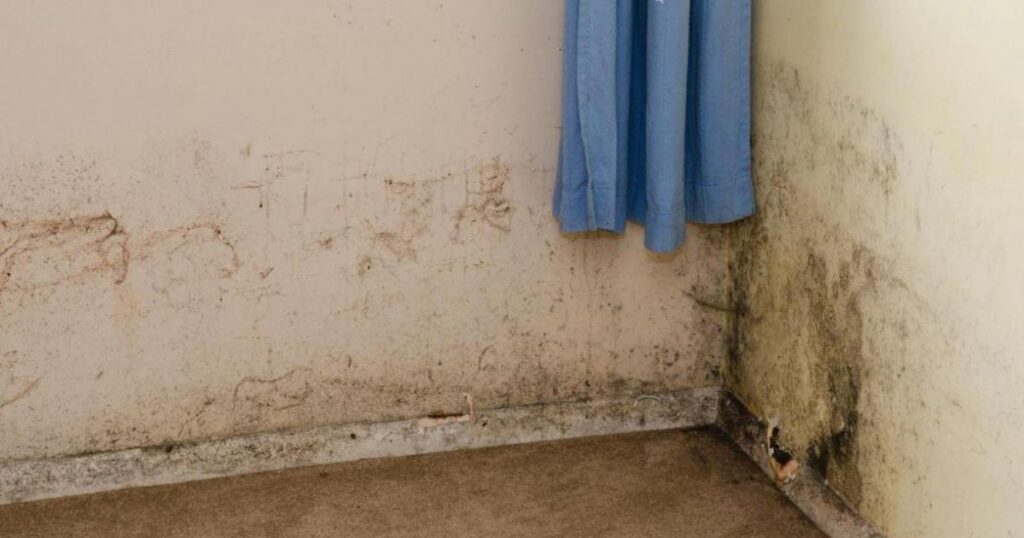A Housing Ombudsman investigation found the council did not follow its own vulnerable residents policy when addressing damp and mould, and failed to deal with the issue urgently.
The council also failed to tell the family what its plans were for the repairs, or the timescales needed for them.
A Lewisham Council spokesperson told the Local Democracy Reporting Service (LDRS) they have assigned a dedicated officer to support the family and address the failings, as well as provide a clear schedule of works until the problem is fully resolved.
The South London council was named in a Housing Ombudsman ‘severe maladministration’ report which has been published in the same week Awaab’s Law has come into force.
Awaab Ishak was a two-year-old boy who died in December 2020 from a respiratory condition caused by the severe mould he was exposed to in his family’s Rochdale Boroughwide Housing (RBH) property in Manchester.
The new legislation, which came into force on Monday (October 27), requires social housing landlords to fix reported damp, mould and emergency repairs within strict timeframes.
The Housing Ombudsman, Richard Blakeway, released the findings as part of a critical report which looks into failings when addressing damp and mould complaints from social housing residents.
Among the cases there were carpets which were too wet to touch, another with mushrooms growing on a child’s wall and another household which experienced water running down their child’s wall when it rains.
Mr Blakeway said: “The events take place over months in all cases. In several cases it becomes years. In some, issues are unresolved until we intervene. This is far from action happening within days or weeks, as would be expected now under Awaab’s Law.
“Most cases also involve residents reporting health concerns, including children with severe asthma or fungal infections. But often this does not prompt an urgent response from the landlord.”
In Lewisham Council’s case, it responded to a leak but did not monitor the situation afterwards, despite other residents in the same block of flats reporting leaks from the same location.
The family told the council damp and mould was now starting to appear, but had to chase twice before their reports were even responded to.
The council offered a mould wash and said it would do a damp and mould inspection, but it did not end up doing this and only looked at the roof.
The council also became confused about the damp’s cause because its records were unclear.
At the time of the Housing Ombudsman’s investigation, the family were still living with damp and mould.
The council provided no plans to resolve the situation and has since been ordered to create a timeline for action to resolve the issues.
A spokesperson for Lewisham Council said: “This case highlights how losing the thread of more complex repairs can lead to frustration and distress for residents living in non-decent homes, despite repeated visits by our staff and contractors.
“Since housing services returned to the council in October 2023, we’ve been working hard to improve how we manage information and deliver repairs, particularly around damp and mould.”
They added: “We are taking our statutory responsibilities under Awaab’s Law extremely seriously and have recently introduced new Repairs and Damp and Mould policies, alongside a root and branch redesign of the systems we use to schedule and track repairs progress.”




